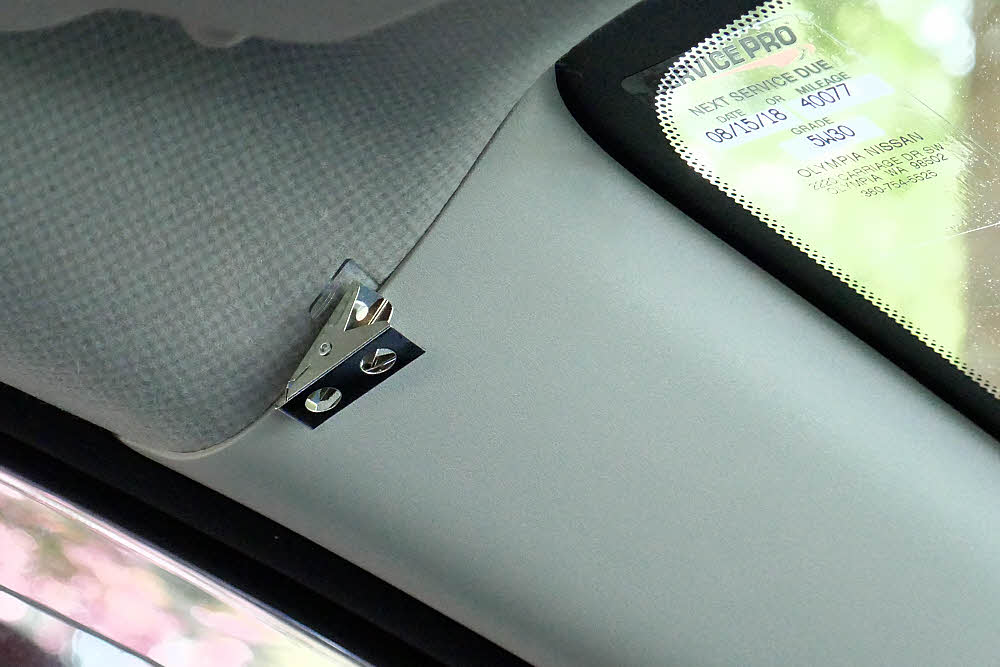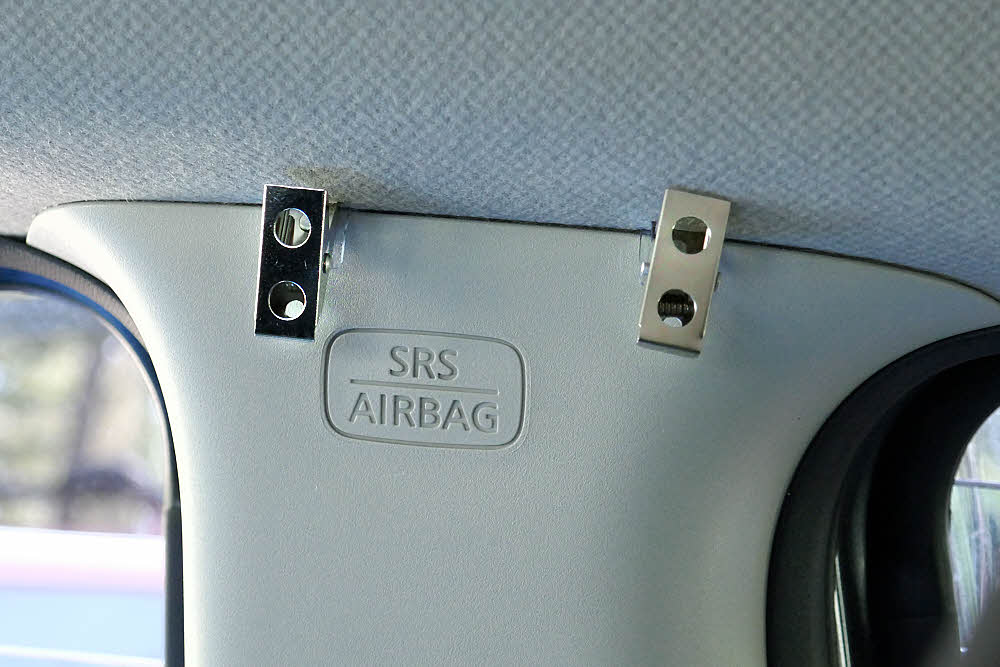How to do it. I think.
Step One: I bought a car that was not a van, so then I needed to come up with a way to block views of the inside.
Step Two: I tried stuff. It didn't work, so I tried other stuff. That didn't work either, so I kept trying. Now I think I have it.
Conclusion: Every iteration has ended with a simpler, easier, cheaper solution, so that's good. Maybe I can quit now.
Why: Invisibility.
(1) When the car is parked, and I'm inside, there are times when I will need not to be seen, such as when changing clothes, having a sponge bath, pooping, peeing, sleeping, or metamorphosing into a glorious winged flutter-by. Since the car has 360° windows, I uh, I have to block them.
(2) When the car is parked, and I'm off somewhere, like backpacking for days on end, I will want the interior of the unoccupied car to be invisible, because my valuables are in there, and because I can't just put everything into a 40-ton vault.
Invisibility in this case will be a stand-in for security. I'm hoping that if things are not visible, then anyone nefarious will tend to try being nefarious elsewhere, because of being uncertain of the payoff of breaking into a car that does not have valuables in sight (and might just possibly have someone inside, though you can't really tell, but just might). And like that.
Definition: Invisible. Here it means "not able to be seen", and does not mean being transparent.
Transparency would be nice, since then no one would know there was anything to look at, but invisible in the sense of "a blocked view" is the best I'll be able to accomplish, and will work.
My first pass involved two layers of black bug netting backed by a sheet of what they call "clear" poly film with a thickness of 2mil to 3mil. "Poly film" is dropcloth material — polyethylene.
My thinking was that the bug netting would give the curtain a no-gloss surface and sort of fuzz it out, and in a way, from a distance, it all would not look too different from professionally-tinted glass, while the poly film would be partly transparent, but since it's actually milky (the genuinely clear stuff is no longer sold for some unknown reason), it would blur the view to the point of obscurity, though on a bright day I could still sort of see out a bit from the inside. Plus, since it's sort of white-ish, any light inside the car would bounce around inside the car, and help with visibility when I was in there doing something.
The problems were that this required cutting three pieces of stuff, attaching the pieces together, and then hanging this thing, and getting it all right. Didn't work.
The concept was fine, but without a really good place to work (i.e., somewhere indoors with a decent work table), it wasn't possible to do the measuring, cutting, and assembly with enough precision to make it work. And then there was the problem of how to hang these curtains.
Wandering around a Fred Meyer store I had come across 3M Command Hooks. I'd used these before, in apartments, and realized that the really tiny ones might be a good bet for the narrow spaces inside a car. I bought some and mounted them. Everything seemed fine until it was time to hang the curtains, which turned out to be misshapen and wrongly sized.
So next I decided to try using cut-open trash bags, the dark green ones. In lightweight bags, this material is really thin, and naturally translucent, so it does let some light pass through, but also does obscure the view well.
I put tabs of duct tape where the material would need to be held by hooks, and used a hole punch to make a proper hole. I also placed the holes just a tiny bit too far apart, so that the material would need to be under light tension, so that it wouldn't hang limply, or hang with wrinkles. All went well enough.
I didn't have to actually cut anything, just use a scissors to cut open a bag into a long and narrow piece, put the tape and holes where needed, and hang it.
But.
At some places in the car, the interior plastic lining where I was putting the hooks is unaccountably slippery, as though it's been waxed. I couldn't clean these areas well enough, short of using a nuclear-grade solvent such as acetone, which might well permanently damage the car's interior. Hmmm.
So. Next I went looking for different hooks.
I decided to use badge straps. Or "ID badge strap clips", or whatever. (They have several names.) There is a spring-loaded metal clip on one end, with a narrow vinyl strap attached to it, and a pair of snaps.
Take a look at what Office Depot has...
I already had duct tape, and the vinyl strap would offer a decent place to anchor the clip with the tape, and so on. Didn't work, for the same reason: Some of the car's interior was just too slippery.
So. Next I tried something completely different — I skipped adhesives and stuffed the clip's strap and its two snaps sort of behind the wall. I pulled the hard plastic interior lining of the car out a bit, just enough so I could slide the strap and the two snaps behind it, and then let go. What I ended up with was the metal clip protruding into the interior of the car. Once the clips were placed, I verified that I could hang cut-open plastic bags from them.
This method is awkward because I can't put a clip just anywhere, and hanging something from the clips takes three or four hands, but it does work. There is no adhesive involved, so there will be nothing to clean, ever, and there is no damage done to the vehicle. There is a line inside the car where the headliner meets the "paneling", and I can stick a hook (mostly) anywhere along that line. There are one or two places where this technique will not work well, or where I need to use some tape, but I'll be able to get by.
Success.
Photos:


Comments? Send email to hoofist@gmail.com